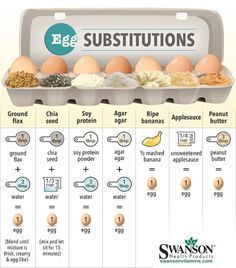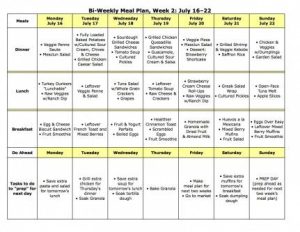
How to Modify Meals for Specific Dietary Needs or Restrictions
Having specific dietary needs or restrictions doesn’t mean you have to miss out on delicious meals. With a little creativity and knowledge, you can modify recipes to accommodate your dietary needs while still enjoying a tasty and nutritious meal. Whether you’re following a vegan, vegetarian, gluten-free, dairy-free, or any other type of diet, here are some tips to help you modify meals to suit your needs.
Understand Your Dietary Needs
The first step in modifying meals is to fully understand your dietary needs or restrictions. This involves knowing what ingredients you can and cannot consume. If you have allergies or intolerances, make sure you are aware of common ingredients or hidden sources that may not be obvious.
Substitute Ingredients
One of the easiest ways to modify meals is by substituting ingredients. For example, if you’re following a vegan or vegetarian diet, you can replace animal-based proteins with plant-based alternatives such as tofu, tempeh, or legumes. If you’re avoiding gluten, opt for gluten-free grains like rice, quinoa, or cornmeal instead of wheat-based products. Experiment with different ingredient substitutions based on your dietary needs. There are countless resources available online that provide ideas and recipes tailored to specific dietary restrictions.
Focus on Whole Foods
No matter what dietary restrictions you may have, focusing on whole foods is a great way to ensure you’re getting the necessary nutrients. Whole foods are minimally processed and include fruits, vegetables, whole grains, nuts, and seeds. Avoid relying too heavily on processed foods that may claim to be “diet-friendly” but are often high in unhealthy additives and preservatives. By preparing meals using whole foods, you have greater control over the ingredients and can tailor your meals to meet your dietary needs.
Communicate with Others
When dining out or attending social gatherings, communicating your dietary needs is important. Speak with restaurant staff or hosts in advance to ensure they can accommodate your restrictions. Many restaurants now provide specific menu options for common dietary needs, making it easier for you to enjoy a meal without worry. Additionally, inform friends, family, and coworkers about your dietary needs. This will help them understand and respect your choices, making it easier for everyone involved.
Plan Ahead
Meal planning is a great strategy for those with specific dietary needs. By planning your meals in advance, you can ensure you have all the necessary ingredients and avoid situations where you may be tempted to stray from your diet. Take some time each week to plan your meals, create a shopping list, and prepare meals in bulk if necessary. This will not only save you time and money but also give you the peace of mind that you have meals that meet your dietary needs readily available.
Get Creative
Modifying meals for specific dietary needs doesn’t have to be boring. Get creative in the kitchen and experiment with new flavors and ingredients. Look for inspiring recipes or adapt your favorite dishes by making simple swaps. Investigate various cooking techniques such as grilling, baking, or steaming to enhance the natural flavors of your ingredients. By exploring new culinary techniques and trying different recipes, you can ensure that your meals are both nutritious and flavorful.
Conclusion
Modifying meals for specific dietary needs or restrictions doesn’t have to be daunting. With a little knowledge and creativity, you can enjoy delicious and satisfying meals that cater to your individual preferences. Remember to understand your dietary needs, substitute ingredients, focus on whole foods, communicate with others, plan ahead, and get creative in the kitchen.

